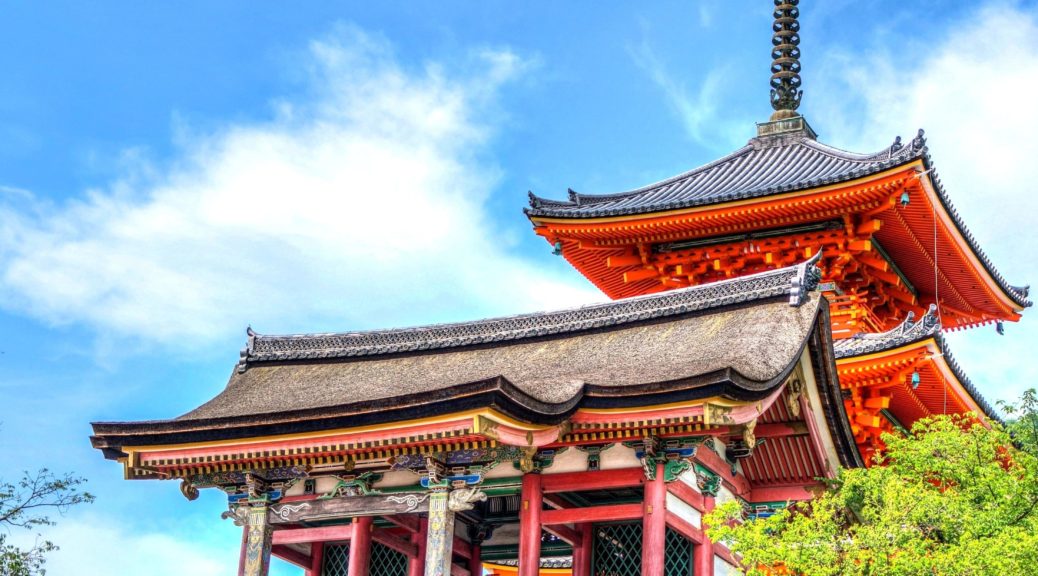By Erika Gomi
Last Spring break I was lucky enough to get the amazing opportunity to go on a week long trip to Japan. Through the Kakehashi Project, Asian Americans can go to Japan and experience Japanese culture, history, and traditions and promote US-Japan relations. This was done through sightseeing, lectures, and homestays.
We first arrived in Tokyo where we jumped right in and started learning about Japan and its foreign relations. We had to sit through some lectures, but after we were taken to the Overseas Migration Museum where we learned about the meaning of the term “nikkei”. I was surprised to find that the term was so inclusive, defining a state of mind and not a label defining ancestry. We were encouraged to all recognize our common roots and appreciate where we’re from. Then in the evenings we got to explore the city with the other participants in the group. We got closer and bonded over our common Asian ancestry and our feeling of dissonance with being American in Japan. We felt so foreign, barely any of us in the group spoke Japanese, and yet we looked the part. Exploring the city, we figured out how to use the subway and observed the similarities and differences between Japanese and Americans.
After Tokyo, we took the train to Hiroshima, where we visited places like the Atomic Bomb Museum, Hiroshima castle, and Miyajima. The museum delved into the history of WWII and the destruction and aftermath of the atomic bomb the US dropped on Hiroshima and Nagasaki. We got to listen to a survivor of the bombing and found it refreshing and heart breaking to hear another point of view on the tragedy. We visited Hiroshima castle and Itsukushima shrine to learn about Japanese culture and traditions.
In addition to visiting sights, we got to visit and talk with Japanese nationals. We visited university students, where we bonded and experienced a tea ceremony, and had a home-stay in a smaller rural town not far from Hiroshima. There we experienced the Japanese lifestyle outside of the city and struggled to communicate in broken to no Japanese.
We learned a lot on the trip, but it was still so much fun. We embraced Japan and all that it gave us, while also reflecting on our identities. I grappled with what it meant to be Asian and American, the tension between the two terms standing out so starkly once out of America. Everyone on the trip has Asian ancestry so we all grew up with certain traditions and knowledge from our families. For me, I grew up with Japanese traditions, like celebrating Obon during the summers and saying “itadakimasu” before meals, but I also grew up without knowing the language. Even though in America we felt Asian, in Japan I realized how American we really were. We stood out like sore thumbs, speaking loudly in English on the streets and subways, not realizing that certain customs were different. However, everyone else during the trip was going through something similar. We were brought together on this trip to learn about Japan while facing our own identities and it made me realize I must accept both American and Asian parts together as a whole.
Featured image from Pixnio
Erika is a sophomore majoring in Animation and Digital Arts. She was born in China but has lived in San Francisco for the majority of her life. She was raised in a multicultural family, growing up with Japanese, Chinese, and American culture. Erika loves art, especially drawing, and would be more than happy to talk about any films/movies or animations. She also enjoys playing soccer, eating food, and is part of the USC Taiko club.

